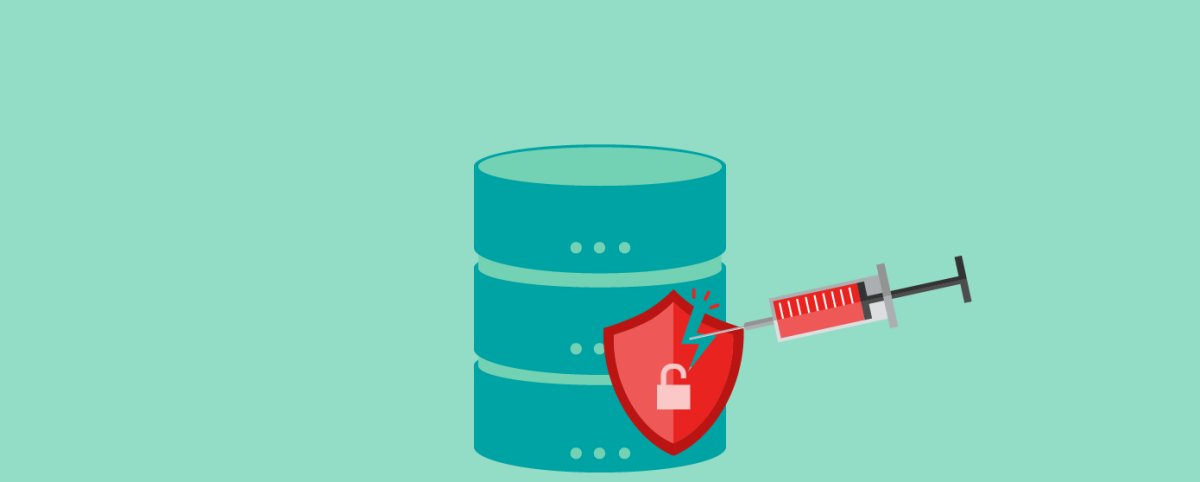Tips For Scaling Web Application Security
The tremendous and jaw-dropping growth in the deployment of web applications comes hand-in-hand with apprehensions over security. Undeniably, the security of web applications has to be addressed at every step of the software development life cycle (SDLC), and even after the deployment of the application is complete.
Considering how web application servers are exposed to public accessibility, the risks of varying threats become even graver. Although a majority of these threats turn out to be predictable, thus, avoidable; however, the ones that are unknown can catch you off-guard.
To decrease the possibility of latter scenarios, it is important to be cautious of security. On top of that, scaling the application on the basis of unforeseen demand, usage, and traffic is extremely important.
Thus, before jumping to a few well-acknowledged tips to help to scale your web application security, let’s understand the problems and barriers that may prevent you from acquiring satisfactory growth.
Incorrect Sizing:
There is a probability that your application is wrongly sized to handle the load you are expecting. The reasons for this problem could be several. For instance, the launch of a new campaign or introduction of a new feature can result in an unexpected increase in requests.
Given that you have the ability to come up with a solution, this issue won’t cause a ruckus. One of the key things that you can incorporate to handle this issue is adopting public cloud, auto-scaling infrastructure, and the traffic-based payment method.
This way, you can easily decrease the cost during low demand and cater to spiked demand without falling off the track.
DDoS Attacks:
These are the targeted volumetric attacks on a system that have the intention of creating a massive loss. With auto-scaling, you can restrict the effect to a certain extent. However, the associated cost is on the higher side.
Thus, having a managed security provider, capable of identifying these attacks and triggering alerts is crucial to take instant precautions like blacklisting the IP, GEO, and other identity-based information that can block the traffic.
Also, ensure that you have network-level DDOS resistance provided by the hosting provider. You can also associate with managed web application security services to target these attacks at the application level.
The exploitation of Vulnerabilities:
These are the targeted but most dangerous attacks that can bring the entire system down without the help of computer power. For example, a database lock flaw or a business logic exploit that sends spam emails to users consistently can be exploited based on a payload and take your system down. It doesn’t end there, however, it can also hold you at ransom to not repeat the same in the future.
That is why it is crucial to have a profound security assessment regularly before the application gets deployed. Along with that, you must also execute consistent basic automated assessments on the production system to reveal security risks and take necessary actions against them.
Since these vulnerabilities can cause risky barriers in scaling, having a robust application vulnerability management program followed by a virtual patching and monitoring program is extremely important.
9 Tips for Scaling Web Application Security:
1. Keeping an Eye on Injection Flaws:
Lately, injection flaws such as SQLi have become a common security breach type in web applications. This attack type tries to trick the validation of input into executing a command given by the hacker or disclosing data without any authorization from the user.
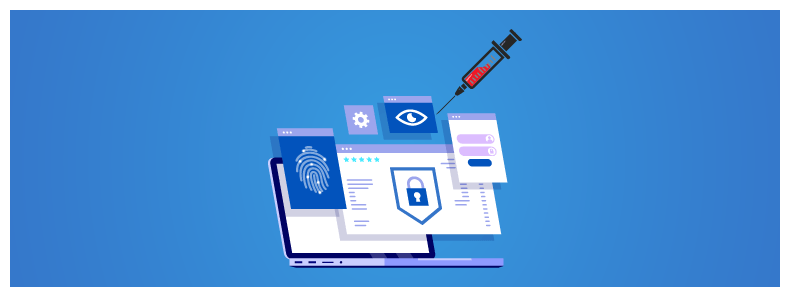
Therefore, it is extremely important to keep an eye on these flaws and thwart them as soon as they appear. Some of the ways that you can use to prevent this attack are:
- Using a parameterized API
- Sanitizing inputs
- Running the application with lesser privileges
- Whitelisting only the allowed characters
To validate cookies, parameters, paths, and headers, testing should be done frequently and security testing should be an integral part of your SDLC and post-production deployment too. This way, to mitigate risk, it is essential to catch security issues quickly to minimize the window of exposure given the changing and dynamic nature of various components in the application
2. Scanning for Vulnerabilities:
Just because the network security scanner is showing the green signal doesn’t mean that your server is absolutely free of vulnerabilities. Moreover, even network scanners are unable to detect vulnerabilities that are specific to applications.

To discover and eliminate these risks, you would have to put your app under a series of audits and tests, including source code auditing, black box scanning, penetration tests, and more web application scanning types. Although these methods are not bulletproof; however, they can surely help you get rid of susceptibilities and common threat vectors and minimize your exposure to be identified as a target from the discovery process of whom to target an attacker will try to filter using automated tools.
3. Ensuring Adequate Authentication:
If you consider your application to be a vault, then authentication will act as the lock and key. Only those who have the key can enter this vault. Therefore, you must ensure that the authentication aspect is managed and implemented carefully.

Also, there are several such apps that enable password transit in plaintext. If you are using the same, know that it will lead you to a disaster. You can choose a strong password, digital tokens, 2-way authentication, and several other ideas. Apart from that, make sure that the authentication policy of LDAP, ADS and other such directories are strong in their mechanism.
4. Choose to Keep a Low Profile:
The first and foremost step for an intruder is to acquire as much information about web application security as possible. Hence, you must not expose any sensitive information to end-users. This can significantly decrease the chances of a security breach.
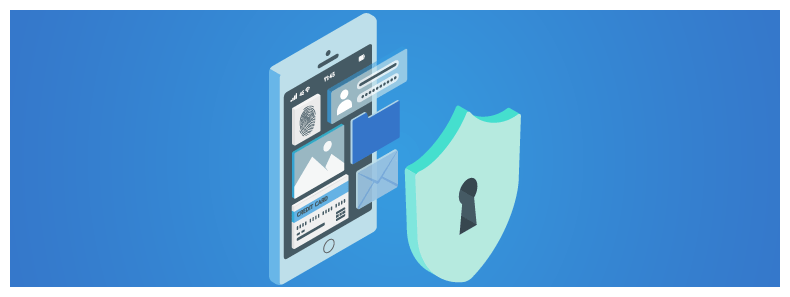
You can follow the below-mentioned steps to be more alert:
- Remove every personal information from WHOIS records that could be useful in planning a social engineering attack; rather, get a role account
- Ensure that the machine doesn’t indicate the operating system or the running version
- Remove the header of the server from the server’s response
- Remap your file extensions
- Add custom error pages that can remove essential information regarding the development platform or server
- Remove all those comments that could be indicating implementation information or the network personnel and site names from cascading style sheets, HTML, and specifically JavaScript source
- Don’t put directory names or sensitive files in the robots.txt file
If you wish further strengthen your defense, you can also consider adopting and deploying a web application firewall WAF as well as its configuration rules.
5. Run The Application Through Fewer Privileges:
Even if you have made your app go through the assessment, testing, and vulnerability detection, don’t stay in the idea of being clear. Every web app has certain privileges, both on remote and local computers. It is possible to alter these privileges to improve security.

Keep one thing in mind that you must always use the least permissive settings for the app. This means that the app has to be buttoned down. Only allow the most trustworthy people to make any changes to your system.
You can consider including this thing in the initial assessment, or you would have to go back to the entire line to adjust settings.
6. Let Professionals Attack the App:
What would be a better way to find the security risks than to look for them yourself or get the help of a professional? This turns out to be one of the best web application security practices to stay on top of the game.

By comprehending that the attackers can use your own application to get inside can help you protect the development more effectively. In case you are planning to do it yourself, it is essential to ensure that you don’t break automated scans.
And then, there could be problems with your hosting as well as it may ban the IP while attacking the site. Therefore, make sure that you are executing this testing in an isolated environment. When you test your app, you would have to concentrate on the following aspects:
- Sensitive data exposure
- SQL injection attacks
- Cross-site request forgery attacks
- Cross-site scripting
- Broken authentication
- Insecure deserialization
Just the reason that hackers are eventually tapping on your vulnerabilities is enough to take charge.
7. Checking the Database Performance:
If you have comprehended that the databases could be the reason behind bottlenecks of performance, there are some strategies that you must try out. One of the simplest ways to fix this issue is caching the database queries.

A quick query logging analysis can be executed to know which one would run frequently and what would consume the most time for completion. And then, you can cache responses to these two queries so that they can remain in the webserver memory and can be retrieved quickly. This would somewhere help to decrease the load from the database.
Next, you can also consider implementing database indexes that will decrease the time the database requires to locate data for a specific query. Also, you can even enhance the session storage. This is essential in case your app is doing a lot of writing and reading to session data.
8. Turn Off Unwanted Functionality:
Assuming that your application should be as error-free as possible along with being absolutely secured, what you must do to protect the server from unwanted attacks is to keep only essential and much-wanted functionality.
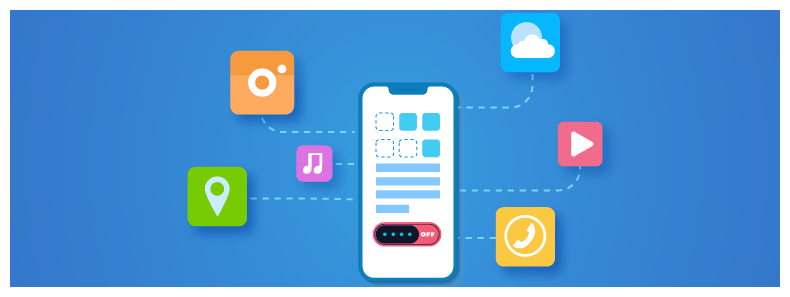
This turns out to be a basic tip so as to decrease the vulnerable entry points. If attackers get to exploit any of the aspects of your web server, the entire server can come crashing down just within a few minutes.
For this, you can create a list of all the running services or open ports on the server and disable, close or turn off the ones that are not necessary. Make sure that you are not using the server for any other purpose other than running the app. Thus, ensure moving additional functionality to another server in the network to safeguard the app.
9. Make Use of Separate Environments:
Testers and developers require such privileges on the working environment that should not be there on the live application server. Even if you trust them blindly, their passwords can easily leak and get into the wrong hands.
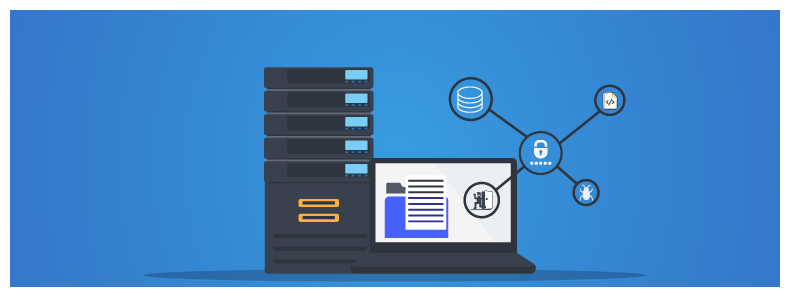
Not just privileges and passwords; however, in a development and testing environment, there are several log files, backdoors, source code, and additional debugging information that can be exposed to cause harm.
Therefore, the deployment process should be done through an administrator who should ensure that no data or information is exposed after the installation. The same concept should be applied to the data of the app.
Developers and testers prefer real data to work with. However, it may not be a wise idea to grant access to the production database. Having said that, make sure that different environments for development, testing, and production are being used to ensure the utmost security.
In A Nutshell:
Some developers don’t pay much attention to security until they have finished the first version of the app. Since they are too focused on featuring everything accurately that they generally forget to use their resources and time to test the security aspect.
That is one big mistake contributing to the app vulnerability. Rather than waiting until the end, you must learn how to make security an integral part of the entire development process. The first step should be to plan the scaling strategy and identify failure points.
And then, you can consider partnering with experts who will help you mitigate risks and maintain the continuity of your business. To plan to scale on unprecedented demand for satisfactory traffic, you would have to invest in accurate DevOps expertise.
You can either outsource this service or integrate the same as a core part of your engineering team. Similarly, for security issues, it is recommended that you partner with specialized vendors providing managed application security such as AppTrana from Indusface so as to help mitigate the risk and continue the scaling of the business.
Stay tuned for more relevant and interesting security articles. Follow Indusface on Facebook, Twitter, and LinkedIn.

 June 2, 2020
June 2, 2020


